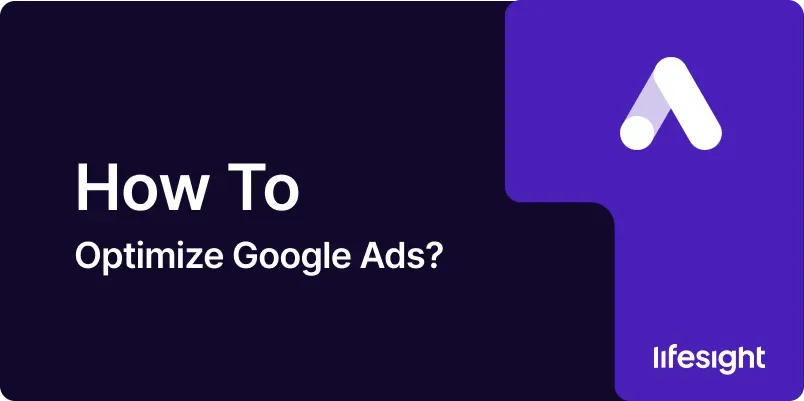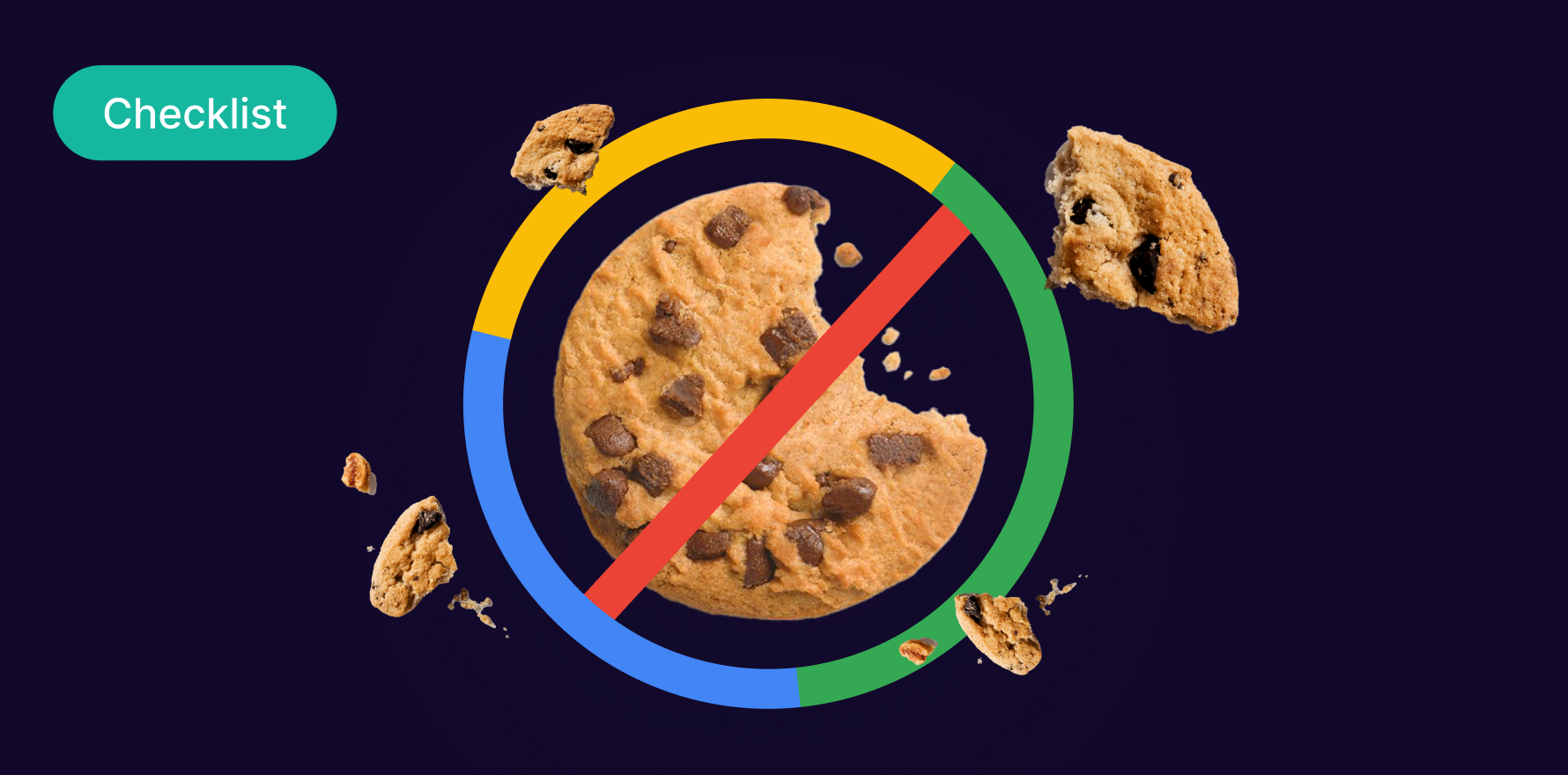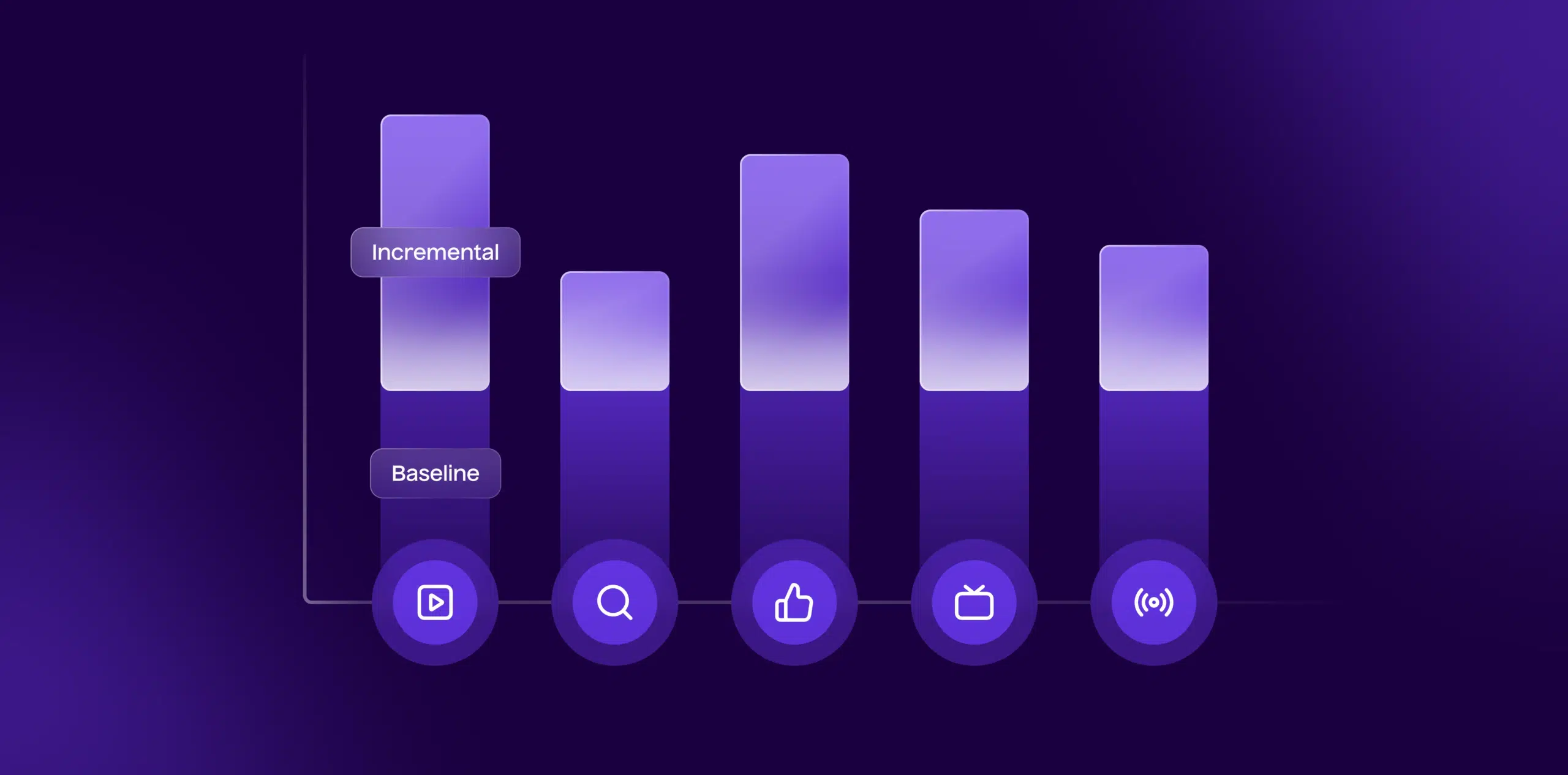
Introduction
Optimizing Google Ads is crucial for maximizing the return on investment in digital advertising. Effective optimization not only enhances ad performance but also increases conversions while reducing costs. This guide will walk you through the key strategies and steps to optimize your Google Ads campaigns, ensuring you get the best results from your advertising efforts.
1. Understanding Google Ads Optimization
Google Ads optimization involves adjusting various aspects of your ads and campaigns to improve performance metrics such as click-through rates (CTR), cost per click (CPC), conversion rates, and overall campaign ROI. The process requires continuous monitoring, testing, and refinement to align with your marketing goals.
2. Key Areas for Optimization
Campaign Structure
Organizing campaigns and ad groups logically based on different products, services, or themes.
Ad Copy and Creatives
Crafting compelling ads that resonate with the target audience.
Bidding Strategies
Selecting and adjusting bidding strategies according to the campaign objectives.
Keywords and Targeting
Choosing the right keywords and using advanced targeting options to reach the desired audience.
Performance Monitoring
Using Google Ads and Analytics tools to track performance and make data-driven decisions.
3. Step-by-Step Guide to Optimizing Google Ads
Step 1: Define Clear Objectives
Before making any changes, clearly define what you aim to achieve with your Google Ads campaigns. Whether it’s increasing brand awareness, generating leads, or driving sales, your objectives will guide all optimization efforts.
Step 2: Structure Your Campaigns Effectively
Organize your campaigns into well-defined ad groups, each targeting a specific set of closely related keywords. This helps improve ad relevance and Quality Score, which can lower costs and improve ad placements.
Step 3: Optimize Ad Targeting
Geographic Targeting
Adjust your targeting settings to focus on locations where your customers are most likely to be located.
Demographic Targeting
Use demographic information to tailor your ads based on age, gender, income, etc.
Device Targeting
Optimize bids for different devices based on performance (e.g., mobile vs. desktop).
Step 4: Improve Ad Copy and Creatives
Test different headlines, descriptions, and visual elements to determine what performs best. Utilize A/B testing to compare different versions of your ads to find the most effective messaging.
Step 5: Use Smart Bidding Strategies
Leverage Google’s machine learning-powered bidding strategies, such as Enhanced CPC, Maximize Conversions, or Target CPA, to automate bid adjustments based on the likelihood of conversion.
Step 6: Refine and Expand Keyword Lists
Regularly review and update your keyword lists. Remove underperforming keywords, add new relevant keywords, and use negative keywords to exclude unwanted traffic.
Step 7: Monitor and Adjust Based on Performance
Continuously monitor your ads’ performance using Google Ads and Google Analytics. Use insights from performance data to make informed adjustments to campaigns, ad groups, ads, and keywords.
4. Advanced Optimization Techniques
Use Ad Extensions
Implement various ad extensions like sitelinks, callouts, or structured snippets to enhance your ads and provide more value to users.
Remarketing
Set up remarketing campaigns to target users who have previously interacted with your website but didn’t convert.
Landing Page Optimization
Ensure that the landing pages linked from your ads are optimized for conversions, with a clear call to action and relevant content.
5. Troubleshooting Common Issues in Google Ads
Low CTR
Experiment with different ad formats, improve ad copy, or adjust targeting settings.
High CPC
Review your bidding strategies and keyword match types. Consider lowering bids on expensive, underperforming keywords.
Low Conversion Rates
Optimize landing pages, refine your ad targeting, and consider adjusting your offer or call to action.
Summary
Optimizing Google Ads is a dynamic and ongoing process that involves fine-tuning various elements of your campaigns to achieve optimal performance. By systematically addressing each area of your campaigns and continuously testing and adjusting based on performance data, you can significantly improve the effectiveness of your Google Ads efforts.
Free essential resources for success
Discover more from Lifesight















